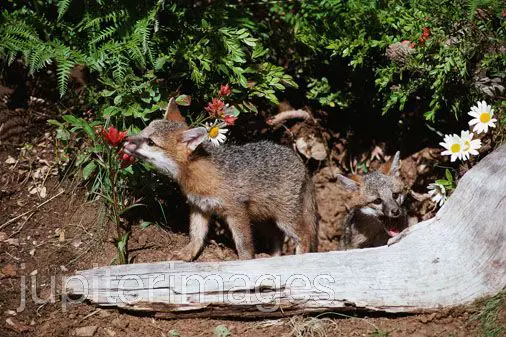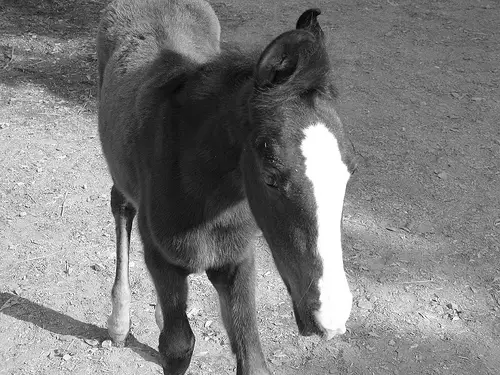Gray Fox
The Gray Fox is a skittish mammal, that has great climbing skills and finds most of its food above ground level. This fox is often confused with the coyote, which is a more widely known animal. Most people don’t know anything about Gray Foxes, just because they can be so easily scared and they will rarely show off to humans.
Gray Foxes are silvery gray in colour, with a russet underfur. The short and strong legs allows the fox to climb trees with great agility. When climbing, hind legs support the body, while the front legs are used to cut in the tree bark, in a manner similar to the one used by mountain climbers. Although this climbing technique is the same as cats’, foxes are not closely related to cats. As all foxes, the Gray Fox has a long and fluffy tail, which is extremely useful to hold balance when climbing in the trees.
These animals are usually solitary, marking and guarding their own territories, although sometimes they form pairs or even live in groups of four to five individuals. During the day, the Gray Fox sleeps in a tree cavity, under a cliff or in dense bushes and wake up at night to go hunting. This fox is a poor runner and must therefore ambush its prey, not allowing it to run away. The great camouflage helps here and the Gray Fox mostly attacks its prey from an ambuscade. Although mostly a carnivore, the Gray Fox may sometimes feed on cherries, grapes and other fruit. Still, the diet consists mostly of meat – usually rats, small rodents and birds. These foxes rely mostly on their sense of smell to find prey.
Copulation occurs at the beginning of the year and the usually so skittish Gray Foxes become very loud during this period, violent fights happen between the males. After a gestation period of 60-63 days, two to seven completely blind and powerless pups are born. The female remains in the den, while the male hunts. Six weeks later, the mother stops nursing the newborns and five months after birth, the family dissolves and the foxes return to their solitary lives. They Gray Fox lives up to 6 years in the wild, and up to 12 years in captivity.
Gray Foxes are widespread in areas from Ontario in Canada to as far south as Venezuela. Although widely hunted for their fur, these foxes maintain a stable population and the species are not endangered. Sometimes they are hunted by farmers, because of killing livestock. In other places, however, people never get the chance to see the Gray Fox because of their passive and rather evasive nature.




